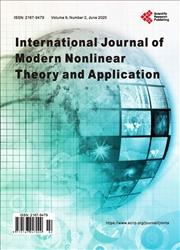Analyzing and Projection of Future Bangladesh Population Using Logistic Growth Model
引用次数: 4
Abstract
Bangladesh is a densely populated country than many other countries of the world. The population growth is termed as alarming, however, knowledge of growth in the years to come would be useful in planning for the development of the country. This article is based on the projection of future population growth of the country. The available actual population census data during 1991-2011 of Bangladesh was applied to the application of a non-linear, non-autonomous ordinary differential equation familiar as Verhulst logistic population model with the maximum environmental capability of Bangladesh. Bangladesh will reach its carrying capacity of 245.09 million population in the next 56 years i.e. the year 2067 and then it decreases as S-shaped curve. The article has provided a focus on the changing trends of the growth of the population of Bangladesh.运用Logistic增长模型分析和预测未来孟加拉国人口
孟加拉国是一个比世界上许多其他国家人口稠密的国家。人口增长被称为令人震惊,然而,了解未来几年的增长将有助于规划国家的发展。这篇文章是根据对该国未来人口增长的预测写成的。将孟加拉国1991-2011年的实际人口普查数据应用于孟加拉国最大环境容量的非线性非自治常微分方程Verhulst logistic人口模型。孟加拉国将在未来56年即2067年达到24509万人口的承载能力,然后呈s型曲线下降。这篇文章着重介绍了孟加拉国人口增长的变化趋势。
本文章由计算机程序翻译,如有差异,请以英文原文为准。
求助全文
约1分钟内获得全文
求助全文

 求助内容:
求助内容: 应助结果提醒方式:
应助结果提醒方式:


